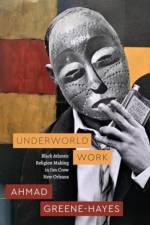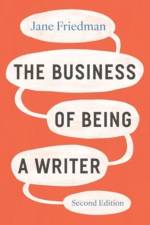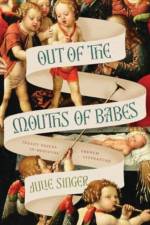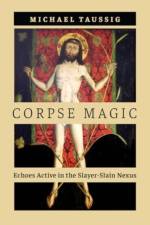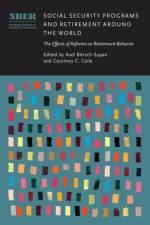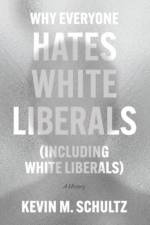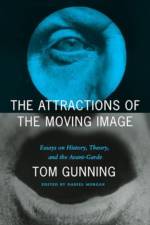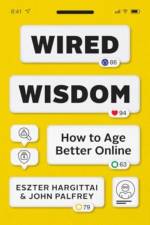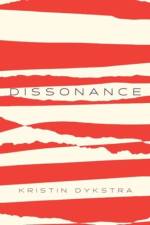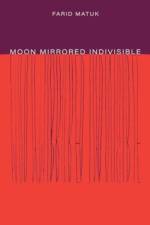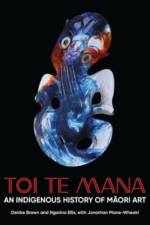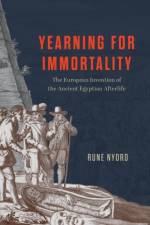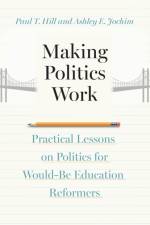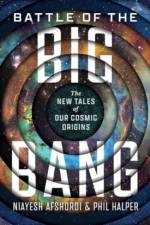av Deidre Brown
659,-
A landmark account in words and pictures of Maori art, by Maori art historians-from Polynesian voyaging waka to contemporary Maori artists. He toi whakairo, he mana tangata. Through artistic excellence, there is human dignity. In six hundred pages and with over five hundred illustrations, this volume takes us on an extraordinary voyage through Maori art-from ancestral weavers to contemporary artists at the Venice Biennale, from whare whakairo to film, and from Te Puea Herangi to Michael Parekowhai. Deidre Brown, Ngarino Ellis, and Jonathan Mane-Wheoki explore a wide field of art practices, including raranga (plaiting), whatu (weaving), moko (tattooing), whakairo (carving), rakai (jewellery), kakahu (textiles), whare (architecture), toi whenua (rock art), painting, photography, sculpture, ceramics, installation art, digital media, and film. The works discussed span a period from the arrival of Pacific voyagers eight hundred years ago to the contemporary artists working around the world today. With expansive chapters and breakout texts focusing on individual artists, movements, and events, Toi Te Mana is an essential book for anyone interested in te ao Maori.

